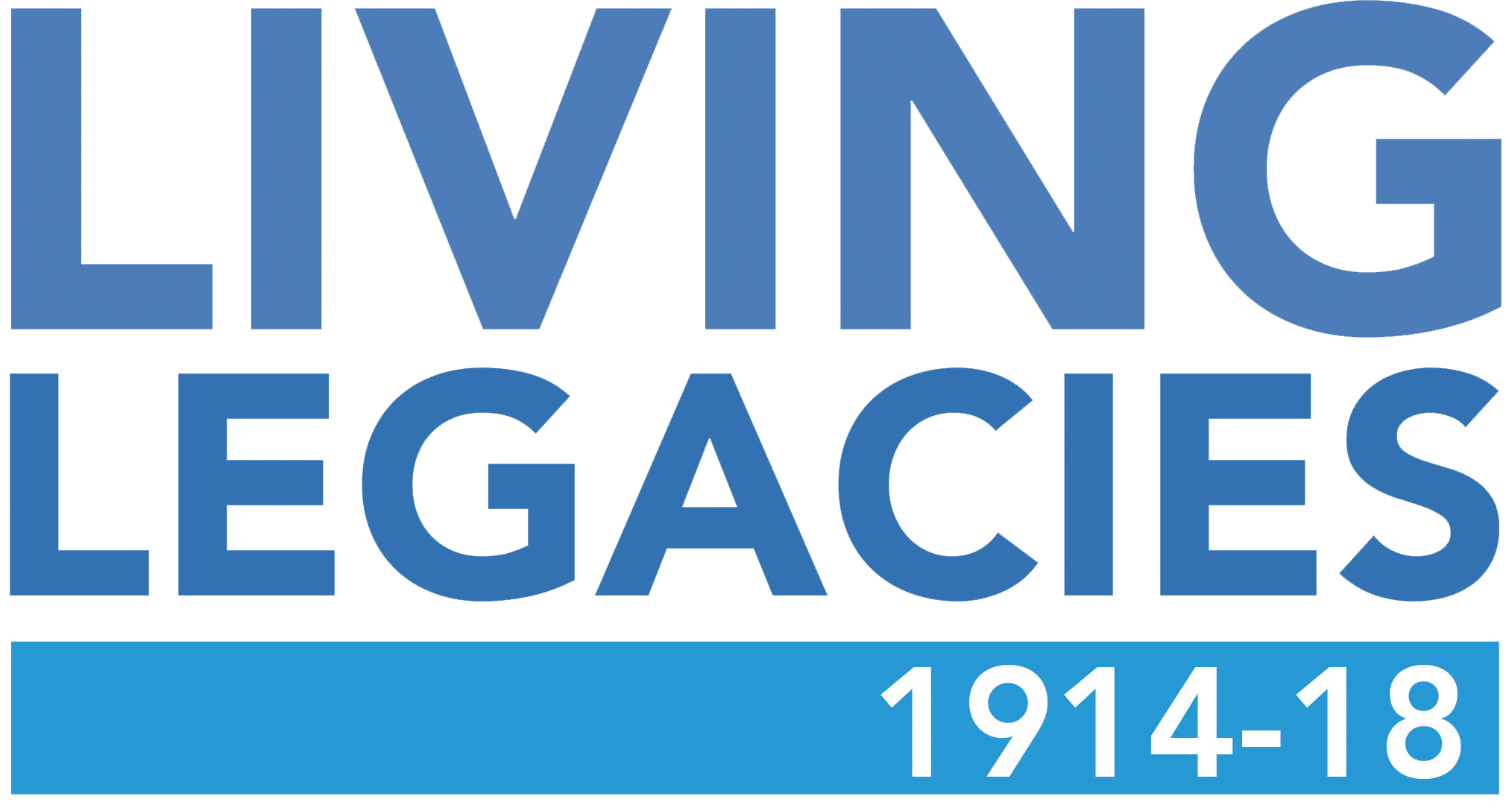|
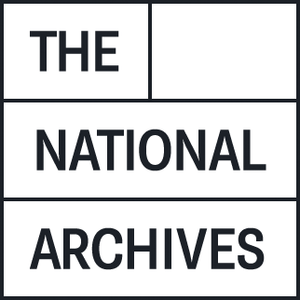 |
|
Digitisation at The National Archives
https://nationalarchives.gov.uk/documents/information-management/digitisation-at-the-national-archives.pdf
This document sets out The National Archives’ standards and requirements for the digitisation of analogue records in our collection. It covers the whole digitisation process from initial scanning through to delivery of the images for preservation, including The National Archives’ scanned image specification. This document covers the scanning of records where the resultant images will become the legal public record for permanent preservation. For purposes of clarity we refer to these images as digitised records. This document also covers the scanning of records where the resultant images will become digital surrogates with the original paper records being retained and remaining the legal public record. For purposes of clarity we refer to these images as digital surrogates.
Preserving digital records
https://www.nationalarchives.gov.uk/information-management/manage-information/preserving-digital-records/guidance/
The National Archives is tackling the challenges of digital preservation, ensuring continued access to digital information in the future. TNA play an active role in storing and preserving digital material created by UK government. These guidance notes are written for anyone involved in the creation of electronic records which may need to be preserved over the long term, and those responsible for preservation. |
|
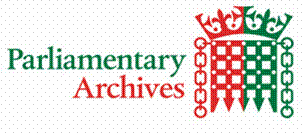
|
|
Parliamentary Archives – Digitisation Guidelines
https://www.parliament.uk/documents/upload/digitisation-guidelines.pdf
These guidelines are for potential project managers across Parliament who are considering digitising current or historic records. Digitisation is the conversion of an analogue record (that is, a physical hard copy) to a digital copy (an electronic copy or surrogate) usually via scanning or another image capture process.
Creating digital surrogates of analogue records can be useful for a variety of purposes, such as:
• providing online access to information held on paper, particularly by the public
• improving searchability
• allowing previously analogue information to be accessed seamlessly with electronic records which were ‘born’ digital (created, saved and maintained electronically)
• reducing wear and tear on vital (i.e. critical to the House) or historical records
• reducing or - more commonly - redistributing the space requirement for storage of analogue records in offices
• conveying the appearance of the original artefact. |
|

|
|
SHARE a network of know how
http://sharemuseumseast.org.uk/wp-content/uploads/2013/08/digitisation-FINAL-FULL.pdf
This resource is designed to help you develop digitisation processes for your organisation. It is a discussion document that aims to guide you through the important aspects of any digitisation project and your overall strategy.
Digitisation is now an increasingly important aspect of good collections management for any heritage organisation.
Digitisation practices enable you to widen your audience reach through new technologies which allow you to engage with visitors both onsite and online.
Digitisation involves:
• creating good quality digital images that can be used in a variety of ways.
• good cataloguing practices to ensure efficient working and ease of retrieval.
• systematic archiving and preservation to ensure sustainability for future generations.
All of these may involve you, among other things, setting up new processes, developing guidelines to ensure consistency, providing training and obtaining new equipment. This should be part of your organisation’s digital strategy or forward plan. |
|
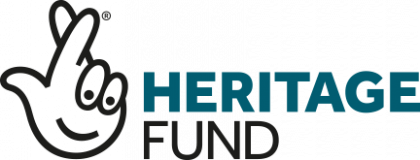
|
|
Heritage Fund - Digital guidance for applicants
https://www.heritagefund.org.uk/publications/digital-guidance-applicants
For most of the last decade the National Lottery Heritage Fund has published an official digital policy, to help funding applicants to understand how best to use digital to help their projects to succeed.
As organisations become more digitally sophisticated, we feel it is appropriate to be less prescriptive in the guidance we give. To that end our future digital guidance will be less about technical choices, and more about values and ethos. Updated digital guidance will be published later this year, but for now the following is our position on key digital issues in funding applications.
- The digital aspects of your project should clearly help you to realise your own goals for heritage. It should be clear to someone reading about your project why it has a digital aspect, and what that aspect helps to achieve
- We really care about diversity and inclusion, so please make sure that any digital aspects of your project are accessible. Good uses of digital should enable you to increase the range of people your reach, but poor use can limit it
- If your project creates outputs like pictures, text or audio, then you’ll have to decide what form of intellectual property license you will apply to them. Our default position is that you should use this license, because it helps increase the amount of useful heritage assets for people to use. However, we’re happy to talk to you about situations in which this licensing regime would harm your ability to deliver key outcomes
- We understand that in your funding applications it might not be possible to say exactly how a digitally-enabled service will work, in advance of designing and building it. This is because your customers are unpredictable, and a good service will change and iterate as you develop it with them. That’s fine, we understand. Please just be clear about how you will listen and learn, and what outcomes you’ll be looking for
|
|

|
|
JISC - Digitisation in the UK
https://www.rluk.ac.uk/wp-content/uploads/2014/02/Digitisation_in_the_UK.pdf
Digitisation in the UK – the case for a UK Framework A report based on the Loughborough University study on Digitised Content in the UK Research Libraries and Archives Sector commissioned by JISC and the Consortium of Research Libraries (CURL) |
|
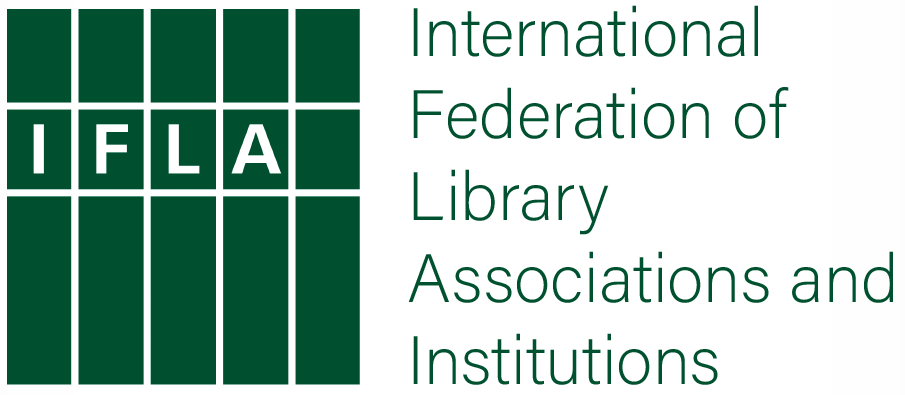
|
|
The International Federation of Library Associations and Institutions (IFLA)
https://www.ifla.org/publications/node/8968
The International Federation of Library Associations and Institutions (IFLA) is the leading international body representing the interests of library and information services and their users. It is the global voice of the library and information profession. |
|

|
|
Digital Preservation Handbook
https://www.dpconline.org/handbook
Digital information is increasingly important to our culture, knowledge base and economy. The Handbook, first compiled by Neil Beagrie and Maggie Jones in 2001, is maintained and updated by the DPC. This full revision (the 2nd Edition) has expanded and updated content to cover over 30 major sections. The 2nd edition was compiled with input from 45 practitioners and experts in digital preservation under the direction of Neil Beagrie as managing editor and William Kilbride as chair of the Management and Advisory Boards. The Handbook provides an internationally authoritative and practical guide to the subject of managing digital resources over time and the issues in sustaining access to them. It will be of interest to all those involved in the creation and management of digital materials. |
|
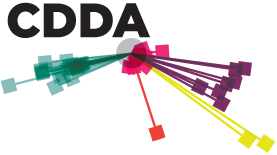
|
|
Centre for Data Digitisation and Analysis - Toolkits and Guides
http://www.qub.ac.uk/research-centres/CentreforDataDigitisationandAnalysis/ServicesandOutputs/ToolkitsandGuides/
CDDA’s main activities The Centre for Data Digitisation and Analysis is one of the leading Digital Humanities units within the UK and Ireland. Founded in 1999, CDDA has consistently pioneered linkages between information technologies and humanities research. Founded before the Internet became mainstream, the unit was amongst the first of its kind, and, due to its innovation and dynamism, has grown in skills and resource since then.
As the technical and professional landscapes of the humanities and social sciences have shifted over the past 25 years, so too have the expertise and objectives of the Centre.
CDDA now has five key aims.
- First, to continue to be a leading, not-for-profit digitisation organisation.
- Second, to develop large and complex digital resources for the benefit of researchers, academics and the wider community.
- Third, to continue to pioneer the development of new methodologies which can adequately manage and interrogate e-resources in novel ways resulting in new understandings and scholarship.
- Fourth, to develop scholarly outputs such as traditional monographs and journal articles, digital resources and community information systems based on the e-resources the Centre has developed.
- Finally, engage with communities and individuals to develop a greater understanding of our Shared Heritage in new and innovative ways.
|
|
| |
|
|
|
|
|

